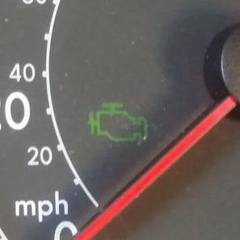MOAR POWAH BABY - Qualcomm quick charge 5 brings 100% in 15 minutes
-
Featured Topics
-
Topics
-
0
-
2
-
Bloodybluedragon ·
Posted in New Builds and Planning2 -
3
-
AlexGoesHigh ·
Posted in Linux, macOS and Everything Not-Windows3 -
0
-
rlaphoenix ·
Posted in Displays0 -
ulookuglynoob ·
Posted in Mobile Gaming2 -
I eat limes often ·
Posted in Laptops and Pre-Built Systems3 -
1
-


















Create an account or sign in to comment
You need to be a member in order to leave a comment
Create an account
Sign up for a new account in our community. It's easy!
Register a new accountSign in
Already have an account? Sign in here.
Sign In Now